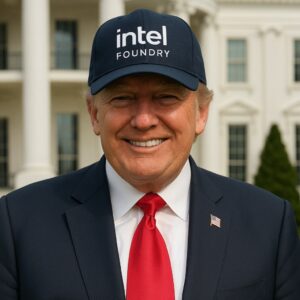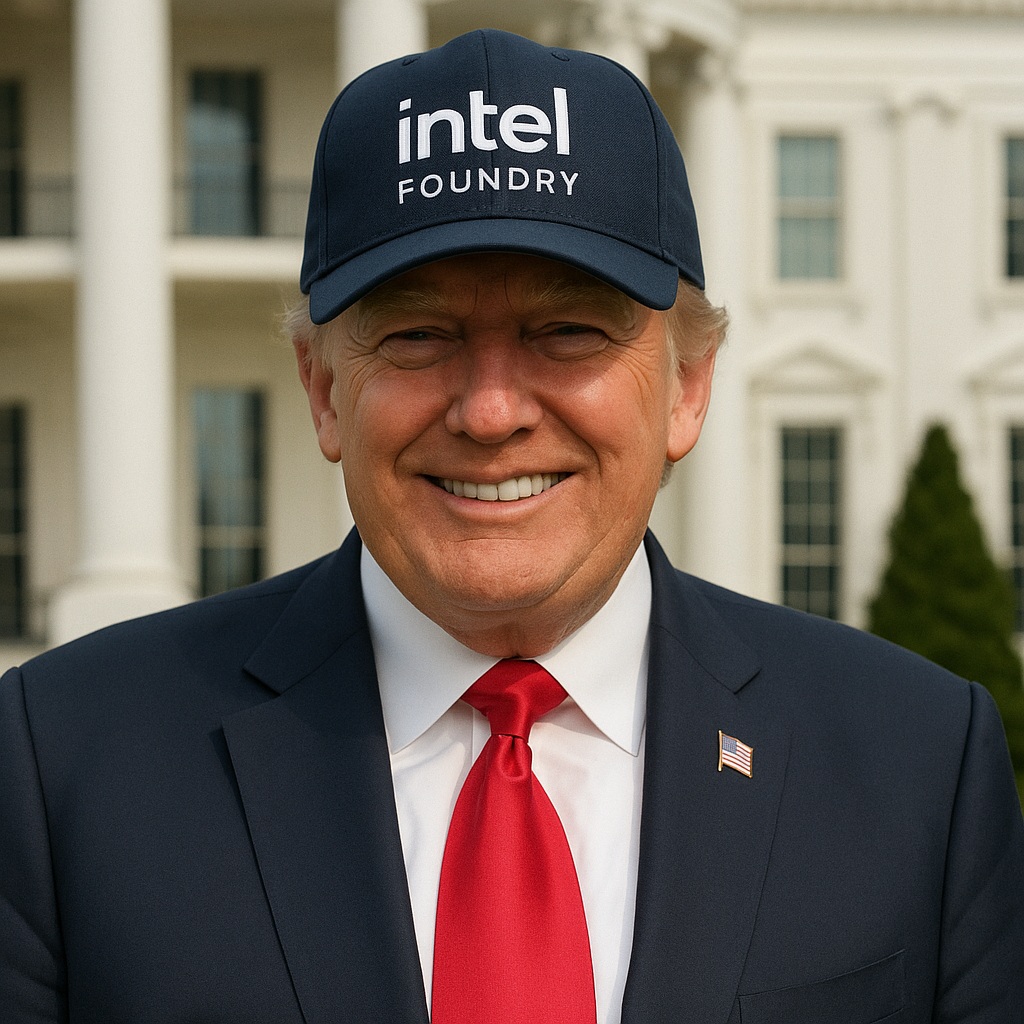
“Most companies don’t die because they are wrong; most die because they don’t commit themselves. They fritter away their valuable resources while attempting to make a decision. The greatest danger is standing still.” Andy Grove’s Only the Paranoid Survive, first published in 1996.
Looking back 20 years, we all know this is true for Intel and many other companies. Personally, I feel that the lack of competition was Intel’s undoing. AMD barely survived on the NOT INTEL market for a long time before finally presenting a competitive threat, which is where we are at today.
There are a lot of conspiracy theories floating around. The media seems to be in a death spiral over Intel which has caused a surge of interest on SemiWiki. We are happy to deploy additional cloud resources to keep up with the surge in traffic as it is a worthwhile cause. Intel is a national treasure that must be protected, absolutely.
It would be difficult to list all of the semiconductor manufacturing innovations that came out of Intel over the last 50 years as it is lengthy. Suffice to say Intel is THE most innovative company in the history of semiconductors. The latest innovation is Back Side Power Delivery (BSPD) which Intel has today at 18A. Other foundries will follow in the years to come but Intel is the leader in BSPD and I’m excited to see what is next.
Just to recap recent events:
Lip-Bu Tan took over as Intel CEO on March 18th of 2025. Four months later Lip-Bu has reshaped Intel to rid them of the analysis paralysis that has built up over the years.
On August 6th Senator Tom Cotton sent a letter to Intel Chairman Frank Yeary questioning Lip-Bu Tan’s investments in China:
“Mr. Tan reportedly controls dozens of Chinese companies and has a stake in hundreds of Chinese advanced-manufacturing and chip firms. At least eight of these companies reportedly have ties to the Chinese People’s Liberation Army.”
This is not true of course. Senator Tom Cotton is up for re-election next year and has a reputation for being a China Hawk so this is US politics at its worst.
On August 7th Donald Trump (POTUS) responded by posting on Truth Social that “The CEO of Intel is highly CONFLICTED and must resign, immediately. There is no other solution to this problem.”
After the media immediately parroted calls for Lip-BU to resign, Lip-Bu Tan responded the with a letter to Intel employees clearly stating where his loyalties lie. This is one of the best written documents I have seen released from Intel. It is 100% factual with zero political or marketing spins.
On the following Monday (August 11th) Lip-Bu flew to Washington DC and met with POTUS to present the Intel value proposition for the United States of America as a US based leading edge semiconductor manufacturer. The meeting has been viewed as highly positive after POTUS followed up his first post about Lip-Bu Tan with, “His success and rise is an amazing story. Mr. Tan and my Cabinet members are going to spend time together, and bring suggestions to me during the next week.”
To me this supports my optimism in regards to Lip-Bu Tan’s leadership and making Intel relevant again.
The question we all have is how will this move forward? Will the USG invest in Intel and what would that look like? Even more importantly, was all of this planned in advance?
The media has said it was in fact planned in advance so political insiders could short Intel stock before the Tom Cotton letter came out to make a quick dollar. I highly doubt that since stock malfeasance is a felony but so is defamation so someone should be held accountable here.
Bottom line: The United States should invest in outcomes. The outcome being a competitive US based leading edge semiconductor manufacturer. The United States should be able to do this without defaming legendary CEOs and iconic companies like Intel but so be it. Hopefully this time around the ends will justify the highly politicized means.
Also Read:
Should Intel be Split in Half?
Why I Think Intel 3.0 Will Succeed
Share this post via:






Comments
10 Replies to “Should the US Government Invest in Intel?”
You must register or log in to view/post comments.